Penn Medicine, Philadelphia, PA 800-789-PENN © 2017, The Trustees of the University of Pennsylvania http://www.pennmedicine.org/information-services/






Penn Medicine, Philadelphia, PA 800-789-PENN © 2017, The Trustees of the University of Pennsylvania http://www.pennmedicine.org/information-services/





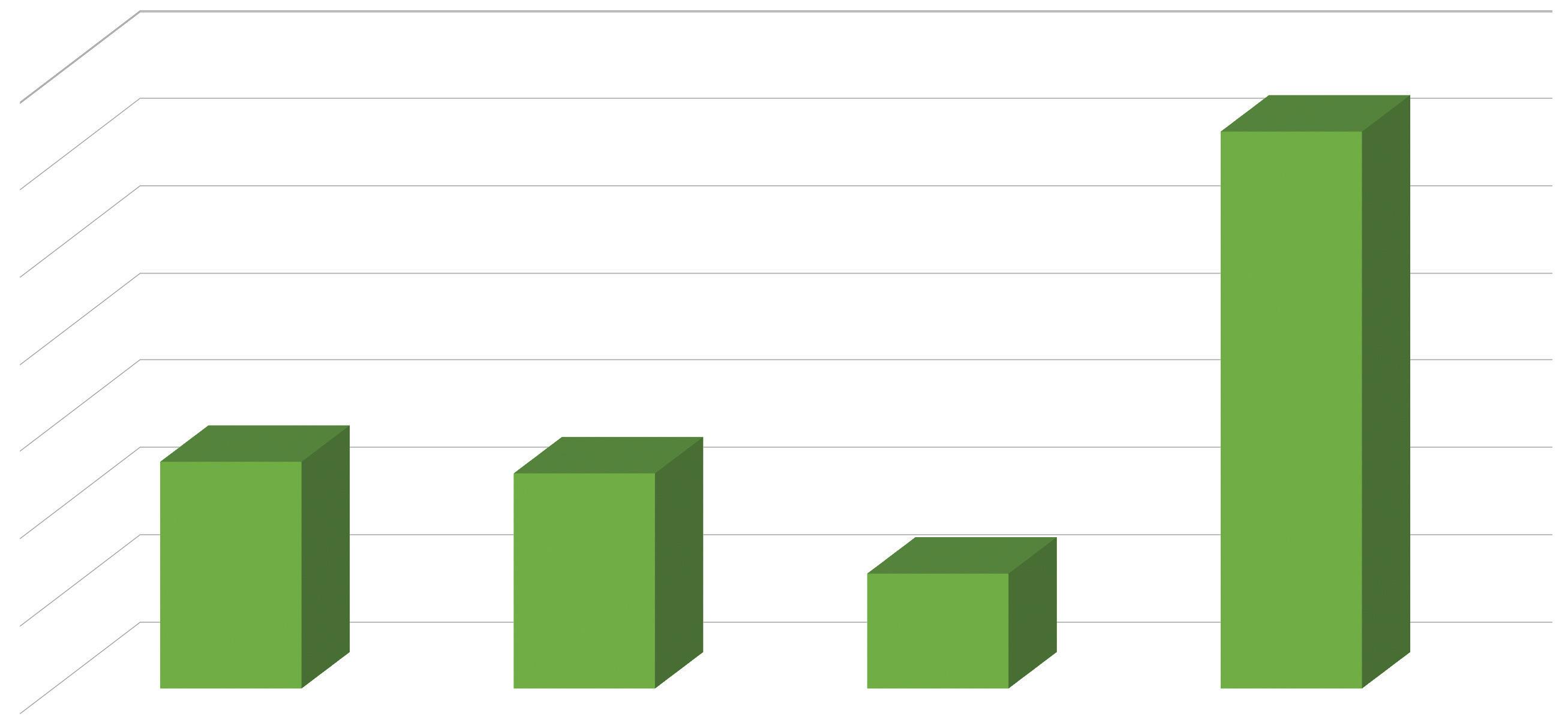
These projects are focused on technologies and processes to address the administrative and physical infrastructure that includes financial services, operations, human resources, managed care contracting, billing , materials management and others.
TOTAL FINANCIAL IMPACT
$90.5 Million
These projects are focused on implementation and enhancement of the Electronic Medical Records applications in which clinical documentation is captured and used to support patient care delivery. Mobile Health and Patient Engagement tools are also represented.
TOTAL FINANCIAL IMPACT
These projects are focused on effective capture and use of data from the clinical and financial systems to support improved care delivery, financial management and quality improvement.
TOTAL FINANCIAL IMPACT
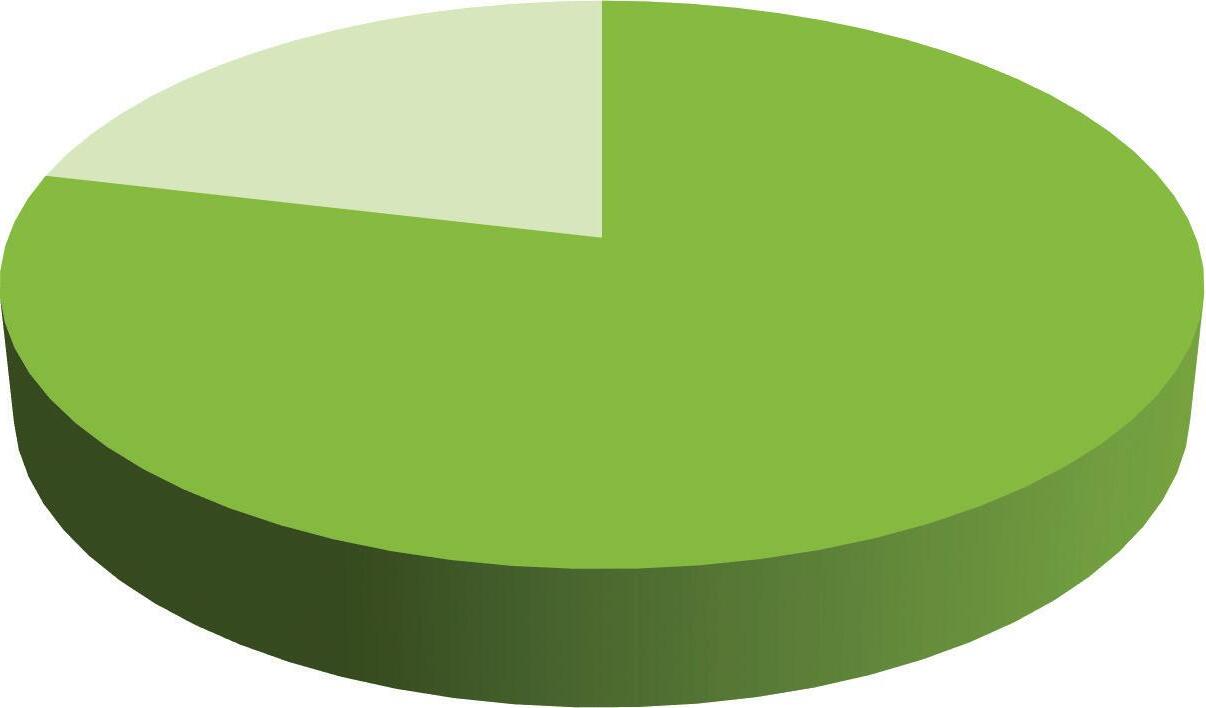
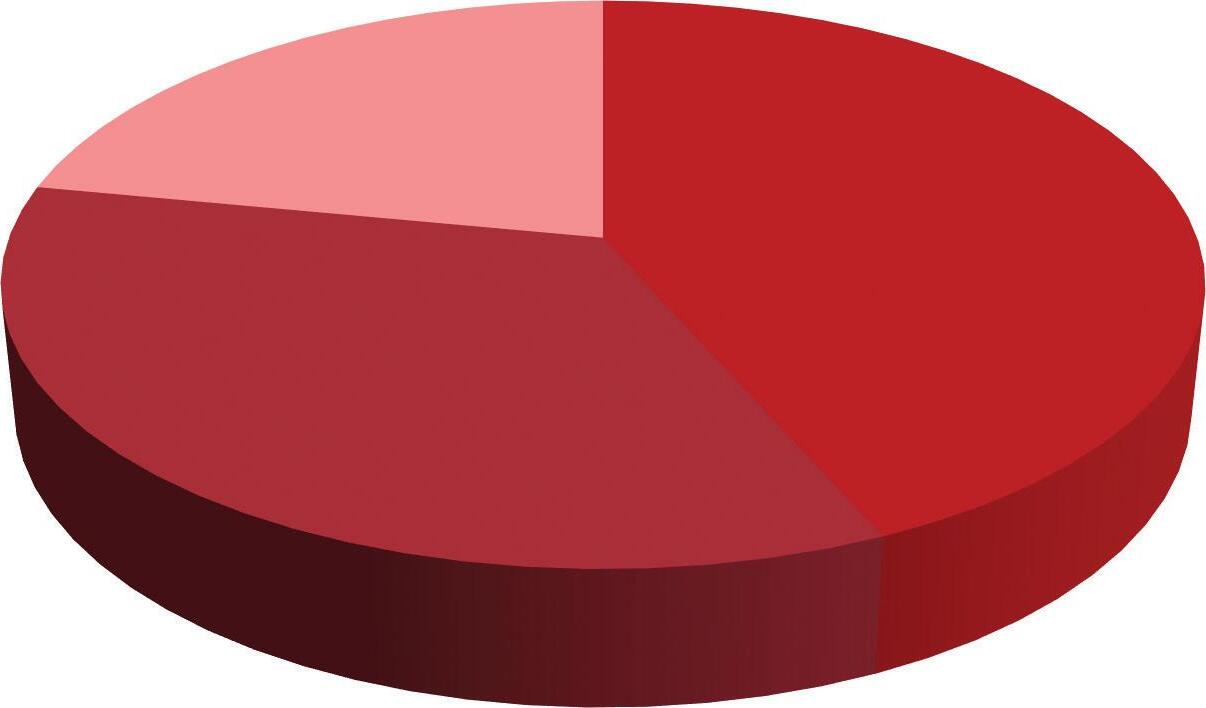
$15.7 Million

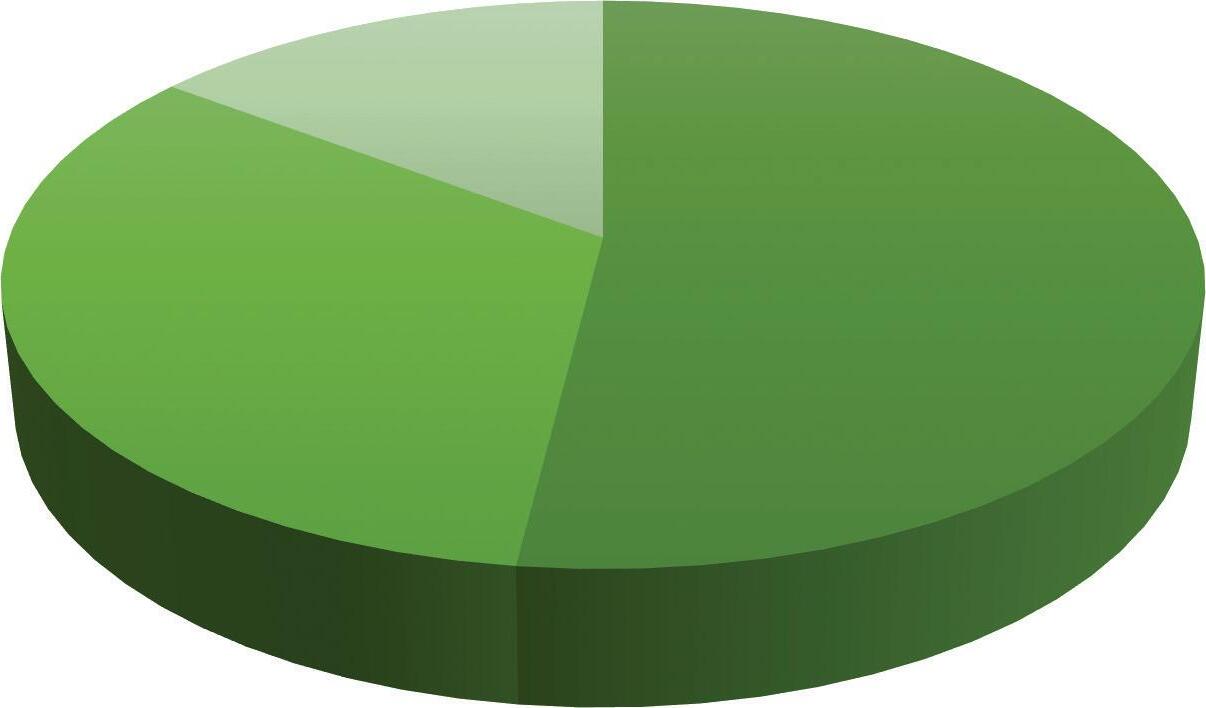

These projects are focused on technologies and processes to address the administrative and physical infrastructure that includes financial services, operations, human resources, managed care contracting, billing , materials management and others.
Support for biomedical and diagnostic imaging equipment was provided by 3rd party vendors for 15 years at the Penn Medicine downtown hospitals. As the outsourcing agreement approached a June 2016 expiration, Penn Medicine IS led an effort with the Clinical Engineering Oversight Committee to evaluate several equipment support options. The committee decided to insource support for biomedical equipment. During that time, Chester County Hospital requested to participate in the insourcing arrangement. There were several key drivers for an insourcing model:
Convergence of Biomedical and Information Technologies provides better integration;
Standardization of services with an emphasis on realizing greater value from Clinical Engineering, not just commodity services (e.g., preventative maintenance, break/fix);
Industry trend to move Biomedical/Clinical Engineering under Information Services management structure to improve integration, service quality, overall support and reduce costs.
Improved staff morale. UPHS now employs 36 staff who were previously vendor contractors. They report greater satisfaction with the new model and there was no staff turnover during the transition;
Service improvement with entity-based staff (e.g. biomedical equipment techs) who now report to Entity Information Officers. This provides greater local control of biomedical resources and demand prioritization;
Improved contract management by transitioning biomedical vendor service contracts to IS allows more opportunities to identify standardization opportunities, vendor consolidation, and achieve greater cost savings;
2017 savings: $5.4M;
Projected 5 year savings: $28M through the elimination of biomed vendor profit margin and negotiated significant discounts for imaging equipment support;
Additional cost reduction will be derived from standardization, enterprise contracts, and improved coordination;
Improved understanding of the true cost of biomedical support;
Cost reductions due to improved enterprise purchasing opportunity;

Medical equipment inventory clean-up of 3,500 records (missing/bad serial numbers, missing warranty end dates, and missing location information);
6,000 “run to fail” inventory items that may not need to be tracked any longer since they are not tied to outsource contract pricing.
Penn Medicine Information Services does business with over 200 vendors. Each year, the IS executive team reviews existing vendor agreements and evaluates new vendor products and services. It is important that Penn Medicine ensures maximum value from existing vendor renewals and new vendor agreements. The transition to an integrated EHR, PennChart Phase 2 program, implemented new inpatient, revenue cycle, home care and hospice modules that warranted a review of all related hardware, software, and service vendor agreements.
During the pre-go-live contracting stage, the IS executive leadership team worked closely with the Office of General Counsel (OGC), Corporate Materials Management and operational departments to identify technologies that would become obsolete after the PennChart Phase 2 EHR implementation. The agreements associated with these obsolete technologies were reviewed and new agreements and amendments were negotiated in advance of the PennChart go-live. Contracts were terminated after PennChart was live. Approximately 150 legal agreements involving over 30 vendors were involved. All agreements were terminated as previously identified during the review period, resulting in $2.8M in cost savings and $12.5M in cost avoidance for 2018. Had IS not researched and tracked these agreements, most would have “auto renewed” for an additional year or more.
Eliminated unnecessary vendor contracts;
Renegotiated contracts with vendors, most often resulting in lower operational rates;
Consolidated contracts, simplifying ongoing contract management;
Maximized the return on investment for PennChart implementation and integration;

Cost savings in 2017: $2,800,000;
Cost savings in 2018: $12,500,000.
Historically, Penn Medicine had a wide range of telephony vendors and platforms. The long refresh life-cycle of telephony systems and the manner in which the health system has grown through acquisition has challenged the telephony replacement cycle. As this technology has aged and become inefficient and expensive to operate, Penn Medicine IS architected an enterprise communications platform that incorporates best in class, geographically diverse and redundant designed infrastructure. This platform was used to replace the legacy telephony environment to reduce operating expenses, as well as improve reliability, resiliency, and functionality. This enterprise platform was implemented and the migration (over 15,000 lines) was completed in May 2017. Penn Medicine also moved Penn Presbyterian Medical Center to the new enterprise platform in 2017 and is currently in the process of migrating Pennsylvania Hospital.
Enterprise focused platform designed with best in class, geographically diverse and fault tolerant redundant reliable infrastructure;
Decommissioned 140 telephone systems along with cumbersome contracts across the enterprise;
Removed over 10,000 phone circuits that had originally been installed as far back as 1984;
Migrated 15,000 phone devices from a dated analog phone infrastructure to the modern new Voice Over Internet Protocol (VoIP);
VoIP infrastructure positions Penn Medicine for many advanced IP communication opportunities and efficiencies which are currently being developed such as (e.g. unified communications, voice recognition, and enhanced call center functionality- a patient and staff satisfier);
Reduced IS Service Desk tickets by 30%. The redundant system improves system reliability and stability with significantly less unplanned downtime;
Eliminates numerous old and inactive phone numbers, which is a patient and staff satisfier;
Telephone service for new Penn Medicine locations can be added with minimal costs;
One time savings of $1.2M in 2016 (PCAM Migration);
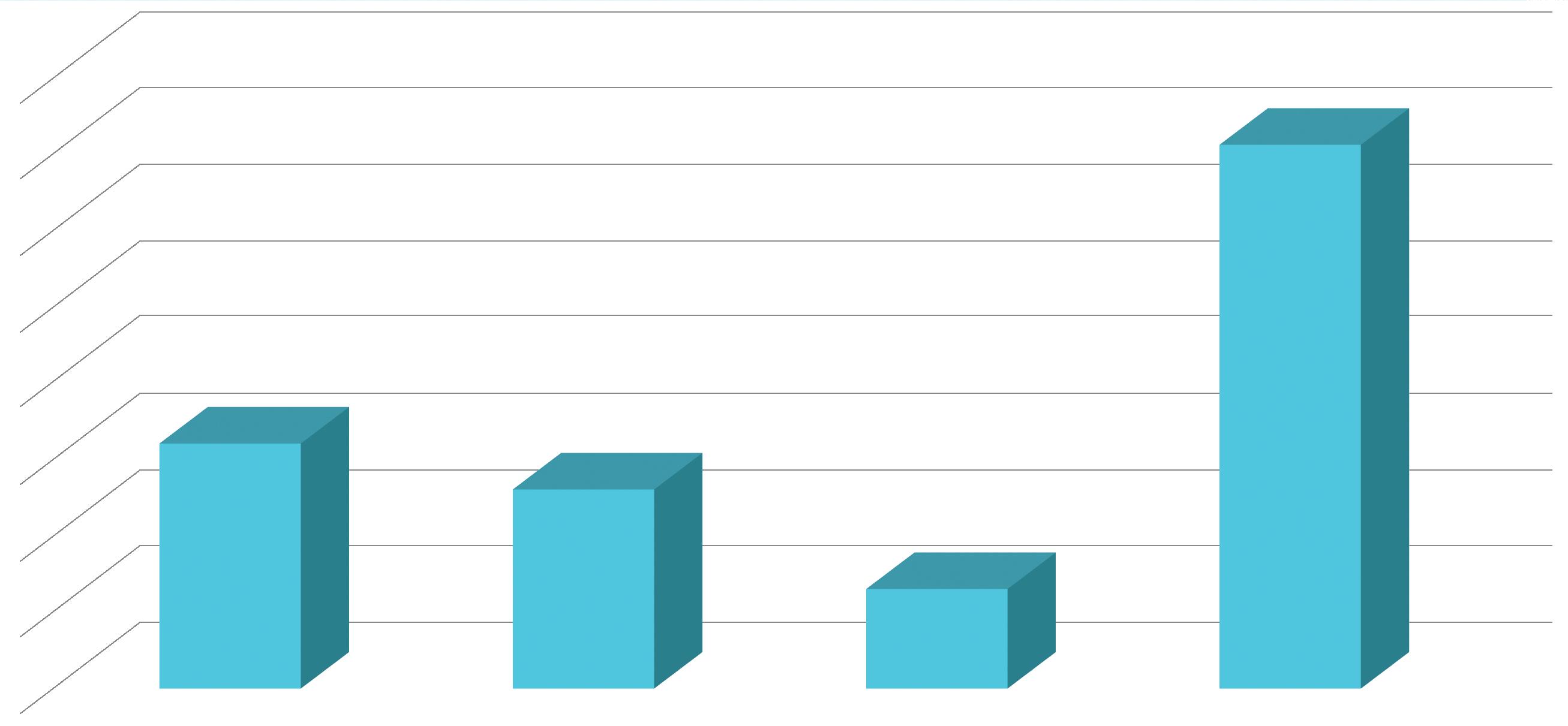
Annual cost avoidance of $2.6M through gained efficiencies and leveraging architected infrastructure in 2016;
Total 5 year cost savings and cost avoidance: $14.2M.
Penn Medicine outsources its primary data center operations to a third party vendor. Stable, reliable and uneventful data center operations are primary requirements for successful health system operations. Penn Medicine’s vendor partner has provided excellent system availability, rapid response to operational issues, and high quality implementation services. There were no data center outages during the past 7 years, which included hurricane Irene (2011), hurricane Sandy (2012), the 2014 ice storm which caused 3 to 5 days of disruption to many regional businesses and the 2016 blizzard which resulted in 3’ of snow. In addition to collaborating with the vendor on successful operations, Penn Medicine IS works to reduce year-over-year data center operations cost. Each year, the IS department takes on “cost reduction” initiatives for the data center. In 2016, UPHS negotiated a 5-year extension with the incumbent vendor which formed the basis for UPHS to pursue many cost savings initiatives.
Reduced cost for IS data center operations with increased operational capacity;
Stable, reliable and uneventful IS data center operations, using leading industry best practices;
Satisfaction of compliance and regulatory requirements related to patient data;

Reduced and mitigated risk management to Penn Medicine IS data center operations, supporting Penn Medicine’s mission to improve the health and well-being of people through research, education, and clinical care;
Cost savings in 2016: $317,000;
Cost avoidance in 2016: $1,540,000;
Future cost avoidance over next 5 years: $7,800,000;
Avoided IS asset relocation costs and efforts.
Today, the Penn Medicine enterprise email platform is managed by Penn Medicine IS and is located in three separate data center locations serving UPHS (HUP, PPMC, PaH, CCH), Perelman School of Medicine (PSOM) and Lancaster General Health. There are inherent costs involved in operating these separately managed platforms as well as redundant costs associated with individual email platforms. As a result, there are significant opportunities to drive savings by consolidating the three systems onto a single platform. Further, there are savings and cost avoidance opportunities associated with moving to the Microsoft Office 365 Cloud service as a single Penn Medicine tenant. The email consolidation and data migration project is expected to take 30 months. Email system consolidation project began its planning stages for PSOM in April, 2017. LGH will begin in October of 2017. UPHS begins in July 2018.
All of Penn Medicine runs on a common email platform;
Larger email-box sizes with unlimited archiving capabilities;
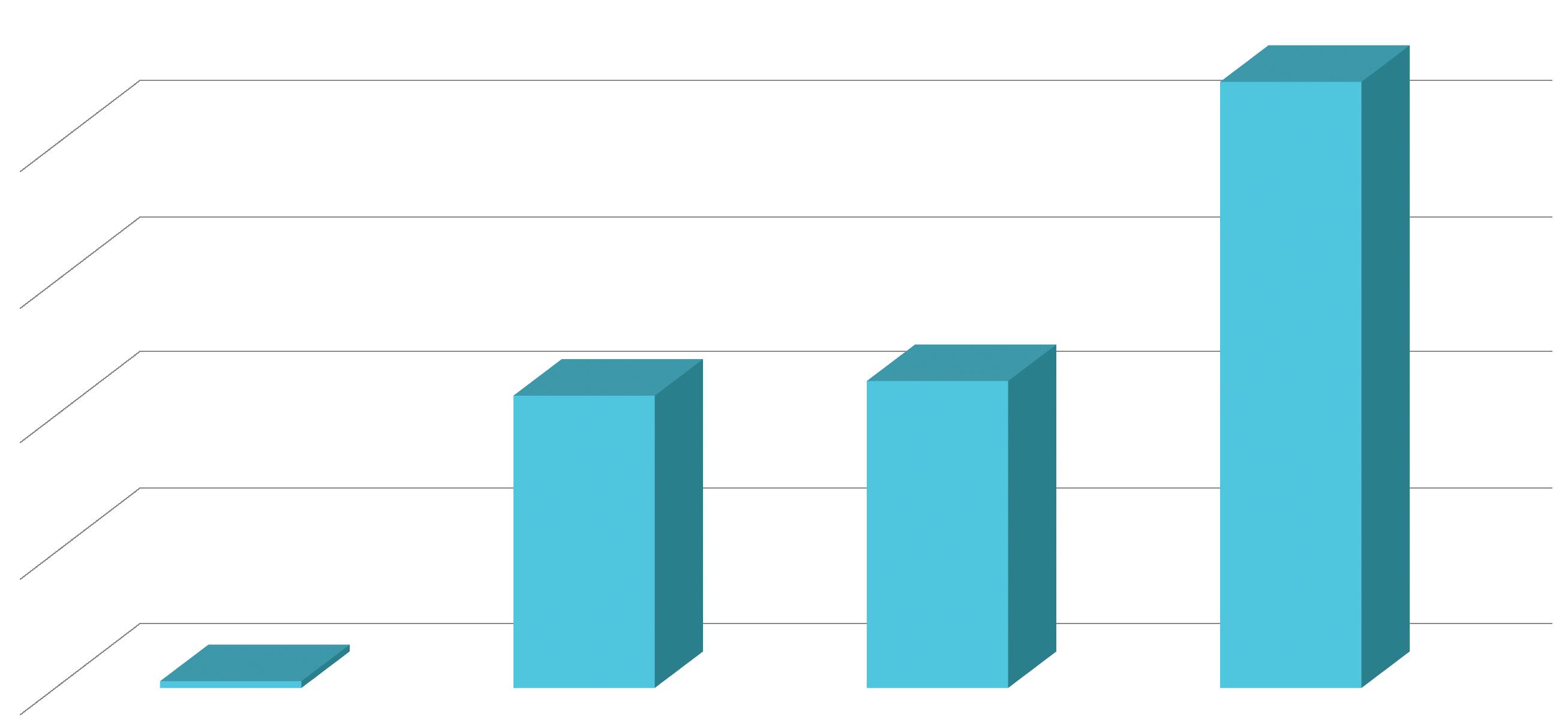
Disaster Recovery, data encryption, Data Loss Prevention (DLP) tools included;
Improved Penn Medicine user collaboration with shared calendaring, file sharing, and communication tools;
Fewer IS staff are needed to operate and maintain the system, especially as new users and new practices and hospitals are added;
Four year cost savings: $8.9M;
Risks associated with unsupported email platforms was reduced.
With the addition of Penn Medicine Chester County Hospital (CCH) to the Penn Medicine system, many IS related financial and operational benefit opportunities became available. Most of these opportunities are tied to economies of scale and the use of standardized technologies. While there were several contractual opportunities with licensing, the largest one was realized by moving CCH to the Penn Medicine enterprise Microsoft agreement. There were also opportunities from moving CCH to the Penn Medicine enterprise email and IS Service Desk. IS was able to realize savings opportunities on telephony, as Penn Medicine has both a mature program and very strong discounts negotiated on circuits and smart phone data plans. From a technology perspective, both organizations worked together to merge contracts where appropriate. Lastly, IS was able to leverage the collective technical expertise from each group to reduce consulting costs and eliminate the need to hire new staff.
The following technologies were standardized and integrated at Penn Medicine CCH: ® Security infrastructure, domain name system infrastructure, file and print servers, email systems and email routing; Instant Messaging and collaboration tools, EHR, Active Directory, Remote Access systems, computer hardware and desktop management software, Service Desk, HRIS, IS, Finance, Supply Chain;
After the initial integration, additional consolidations and technology standardization can occur that will save additional expense, including:, enterprise resource platform, time clock, phone and wiring;
2016 cost avoidance: $1,155,000;
2017 cost savings: $895,000;
2017 cost avoidance: $5,000,000;
Improved support by leveraging corporate based subject matter experts;
Cost savings in future years will continue but are too speculative to include in the chart below.
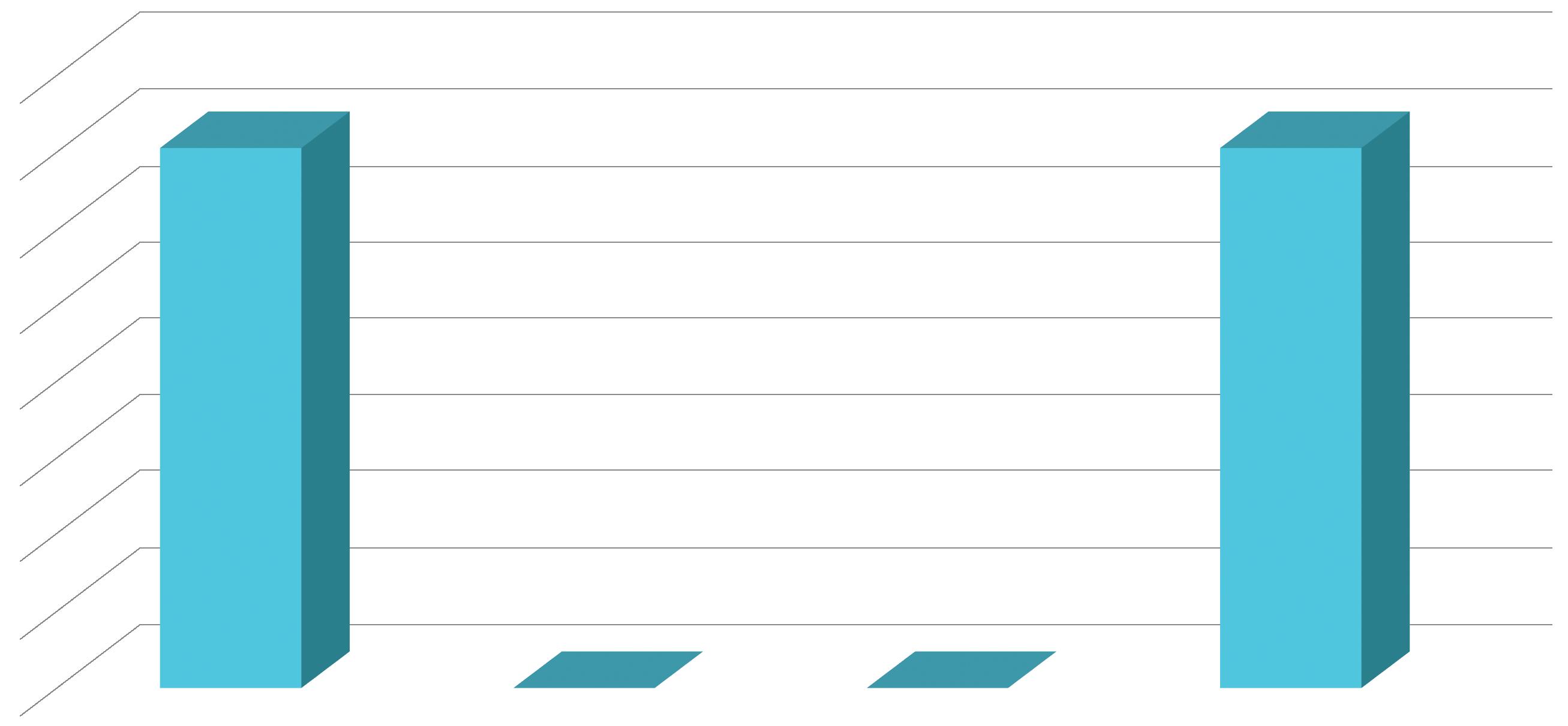
General financial applications are used by supply chain, accounts payable, payroll, and human resources. Chester County Hospital (CCH) and Penn Medicine both used the same vendor for these applications. Having multiple instances of an application at different entities is inefficient, costly and makes difficult to manage and support the business across the enterprise. In addition, the CCH and Penn Medicine general financial applications were remotely hosted by the same third party vendor. Penn Medicine IS reviewed the business drivers and costs associated with remote hosting and compared it to hosting internally. The evaluation determined significant cost savings and improved operations by consolidating into one instance and insourcing these applications. The decision to consolidate and insource the Penn Medicine and CCH general financial applications began in 2014 and was completed at the start of 2016.
Penn Medicine reduced unplanned system outages and performance degradation instances;
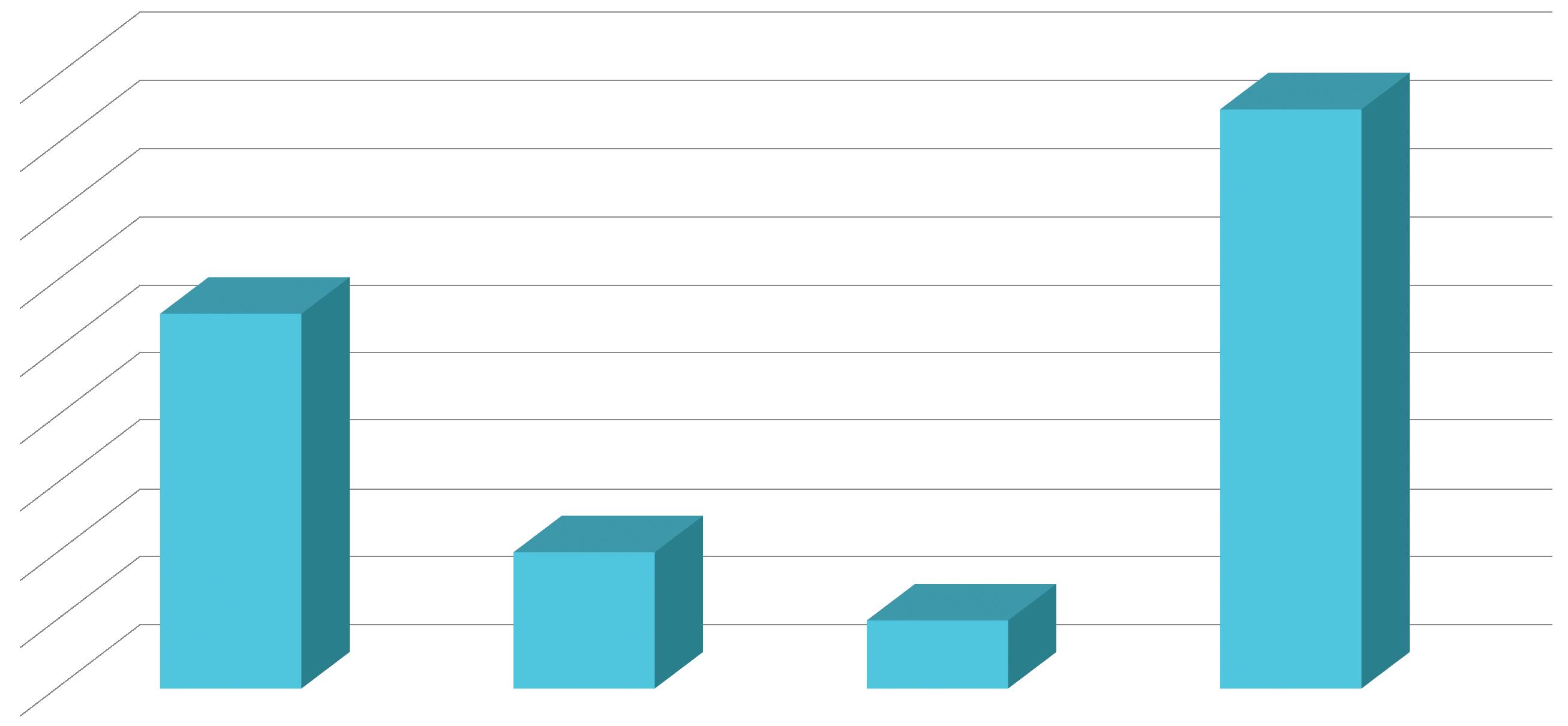
Compared to the third party vendor, the IS team works quicker to address system outages when they occur and implements application enhancements quicker with less user disruption;
A consolidated financial and compliance application simplifies the operation and maintenance processes;
Internally hosting the consolidated financial and compliance application created stronger communications between key internal Penn Medicine IS stakeholders;
Shared and consolidated information enables a more comprehensive view of the enterprise;
Reduced cost to operate, support and maintain the application;
2016 cost savings: $1,475,000;
2017 cost savings: $1,275,000;
5-year total cost savings: $4,250,000.
Historically, contacting the Service Desk for technology assistance required a user to call the IS Service Desk. Whether the user wanted to submit a new issue, check on a previously submitted issue status or provide additional information on an open issue, calling the IS Service Desk was the primary option. Submitting IS tickets via email was a lesser used alternative method, which accounted for approximately 25% of total issue requests. Email proved to be a less effective communication method as it is a one-way communication tool and does not provide real-time ticket information. In 2015, IS introduced the IS Self-Service web portal, which, at that time, included limited functionality (e.g. real-time ticket status inquiry, IS analyst assigned to the ticket, and the ability to add new information to a ticket). Over the past two years, new functionality was added and resulted in increased user adoption of the portal solution.
End User satisfaction improved due to issues being answered quickly and online.
Contacting the IS Service Desk using IS Self Service option has increased to 40%+. Current trends show continued growth;
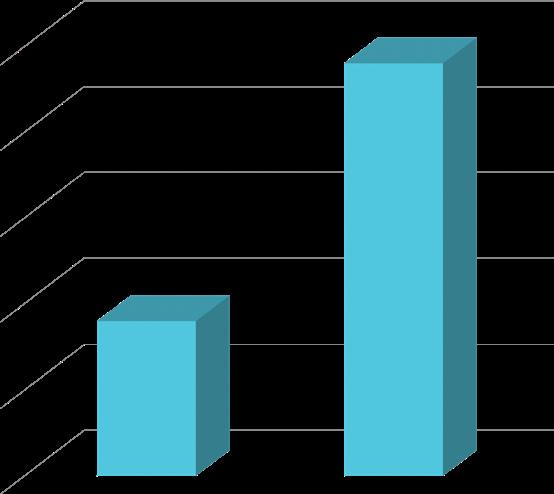

Users now submit a well-defined ticket which is traceable using their Penn Medicine login credentials;
This tool was an important part of the IS Service Desk expansion strategy which includes adding radiology IS support, telephony support, new practice acquisitions and consolidates user support services at Chester County Hospital, a new Penn Medicine entity;
Added new user groups resulted in a 16% increase in IS Service Desk contact volume (Figure 1). This additional activity was absorbed by existing IS Service Desk staff while maintaining key Service Desk metrics (Figure 2);
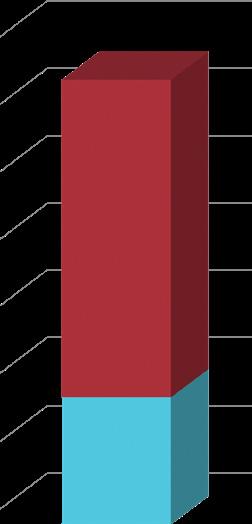
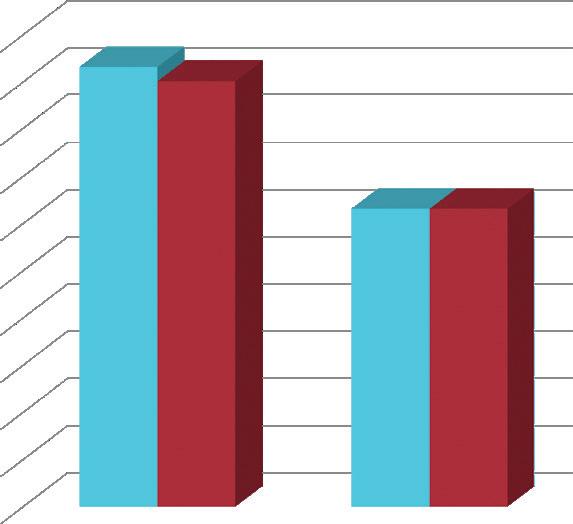
Reduced need to increase service desk head count.
43,000 online ticket inquires are processed each month (3 month average May to July 2017)
2016 cost savings: $470K;
2017 cost savings: $470K;
Estimated cost savings 2018 to 2020: $1.4M.
Five-year projected cost avoidance savings: $2.35M.
Historically, new building activations and information system “go-live” implementations required IS “volunteers” to work in the command center 24 hours a day and 7 days a week to answer phone calls and manage service tickets using a custom designed SharePoint site. This approach to go-live support worked but resulted in three shortcomings:
1. IS volunteers had little experience with high-volume phone calls relating to multiple issues, resulting in tickets that were poorly written and contributing to longer remediation times;
2. IS analysts had to manage tickets in two (2) separate systems: the command center SharePoint and the main IS ticket system which includes requests from non-command center activities;
3. Users could not see command center ticket status as the SharePoint site was for IS staff only.
With the new Command Center as a Service (CCaaS) model, command center phones are staffed by IS Service Desk analysts who are experienced with high-volume call management, effective ticket creation and ticket routing knowledge using system defined ticket management instructions. In addition, the SharePoint use for go-lives was replaced by the main IS Service Desk ticket management system.
Users interact with experienced IS Service Desk staff who quickly create and assign tickets to the correct Service Desk ticket queues;
IS Service Desk analysts are able to learn more quickly about the go-live application prior to the normal “transition to support” end phase of a project;
IS application analysts no longer have to manually convert post-live SharePoint tickets to the preferred Service Desk ticket system, which saves significant time;
An average 24x7 CCaaS go-live can require 4 to 8 Service Desk analysts. IS resources previously used as command center phone volunteers now remain focused on their primary job, which is a morale booster for them;
Overall, improvements in quality of command center operations, user satisfaction, and productivity are linked to this innovative service offering;
Estimated savings of $75K in 2017 and $150K in 2018 resulting from staff efficiencies.

In November 2015, Penn Medicine Academic Computing Services (PMACS) and the department of Faculty Affairs and Professional Development (FAPD) began developing a new Faculty Onboarding Application System. Additionally, in October 2016, the Center for Health Care Innovation designed a new electronic workflow which replaced the manual, paper-based approval process for hiring and onboarding new faculty positions at the Perelman School of Medicine (PSOM). Future project phases will integrate electronic approval processes related to provider credentialing, faculty appointment and promotion. These implementations reduce much administrative work at PSOM. Key stakeholders refer to the RTR system as a major success and a necessity for recruiting world-class faculty.
Faculty candidate and appointment information is electronically entered and approved (e.g. CV, Veterans Affairs support, CPUP member agreement);
Faculty candidate distribution of effort, academic plan, work location, and their space and requirement needs can all be managed and approved electronically within one system;
Faculty candidate draft offer letters and compensation statements, salary and salary sources are managed and approved in one system;
Status tracking dashboards show the location of candidates throughout the recruiting and hiring process, providing global views of all candidates and individual information;
Status tracking dashboards show delays and attention alerts for the different offices and departments involved in the faculty candidate’s hiring (e.g. faculty affairs, UPHS finance, and hospital administration);
Early indications show financial impacts related to reducing the time and cost for posting, recruiting and filling positions. Statistically significant data and utilization metrics are expected and will be quantified in 2018. SAVINGS
Penn Medicine information Services investments include supporting clinical care, research, precision medicine, advanced analytics, digital health, and interoperability. Advanced clinical care and market leadership makes our organization attractive to leading technology vendors as a potential technology development partner. Our fully deployed EHR, integrated organizational structure, strong IS governance processes, willingness to pilot new technologies and the wealth of curated clinical and research data is unique among our peers. Penn Medicine IS carefully evaluates unique and beneficial vendor partnership opportunities that help support and advance our shared organizational mission.
Vendor partners must have the following qualities:
Established reputation as a technology leader with a commitment to the healthcare industry
Skills in solution areas desired by Penn Medicine
Established distribution channels
Commitment to timely development, ongoing marketing and support of jointly developed solutions
Penn Medicine’s leading partnerships include (starting year):
Epic (1997)
Oracle (2013)
Intel (2015)
Apple (2016)
Comcast (2016)
SAP (2017)
Early access to new / leading edge technologies
® Apple CareKit
® Oracle Translational Research
Customized technology for Penn Medicine’s unique and innovative needs
® Intel TAP
® PennSignals Information Week award
® PennSeek Information Week award
Positive exposure for both partners across industries
® Apple CareKit
Reduced licensing and support costs
® SAP enterprise license
Effort sharing with the partner’s development teams
® SAP HANA (High-performance Analytics Appliance) Consortium
Shared intellectual property ownership
Increased opportunities for research funding
Improved clinical care and IS operations
® Apple CareKit SAVINGS QUALITATIVE
Document Management System (DMS)
A Document Management System (DMS) is a key component of an academic medical center’s clinical trials management process. Most of Penn Medicine’s documentation for clinical trials, research contracts and protocol management was managed in a hybrid environment, relying both on electronic and paper documentation. The hybrid environment causes a variety of administrative and operational burdens, and makes reporting and meeting regulatory requirements challenging. To improve clinical trials compliance, accuracy, transparency and provide economies of scale, Penn Medicine IS worked with the Office of Clinical Research (OCR) to implement a new electronic DMS as the process and document aggregation tool for clinical research studies. The first phase of the DMS implementation focused on the electronic trial master file (eTMF) for Penn Investigational New Drug or Device Exemption (IND/IDE) studies. OCR is actively using the system and will begin piloting with new Penn regulatory sponsors in the coming months. Phase two of the DMS implementation involves developing the Investigator Site Files (ISF), which provide the templates and workflows to identify, manage and store all the required study documents used within a particular study.
DMS
The administrative burden for document management has decreased, reducing the amount of time needed to manage clinical trials documentation;
Serves as a crucial foundational tool for Penn Medicine faculty and staff to use internally which enables their ability to partner with pharmaceutical companies and other outside partners, furthering advanced research efforts;
In the future, Penn Medicine will be more competitive in forming additional partnerships and increasing funding by maximizing administrative efficiencies and eliminating paper based processes;
Streamlines the tracking and reporting requirements for immunotherapy drugs.
Improvements were made int the following areas: study management, patient management, safety event collection workflows, electronic clinical trial data collection, data access and sharing, regulatory compliance, and automated reporting for PSOM faculty members in the eighteen (18) clinical departments;
Reduced and streamlined the amount of manual time required with electronic and automated processes. Four FTEs who were previously dedicated to the Abramson Cancer Center now support the CTMS across the entire enterprise;
PennChart EHR and CTMS integration allows investigators and researchers to access and share information between the patient’s clinical trial and clinical treatment record, which benefits both the research teams and clinical teams;
Once all departments are using CTMS, the OCR will be able to run automated reports for key metrics across the research enterprise, no longer relying on lengthy manual reporting from numerous departments and individuals.
Reduces the administrative burden of using multiple legacy systems by creating one centralized, consistent, and easy-to-use tool for core and business administrators;
Business administrators can easily authorize spending and purchasing requisitions against grant and other funds allocated to each department;
CAMS is fully integrated with Penn ERA (Electronic Research Administration) and BEN Financials (the university’s accounting system).
The Clinical Trial Management System (CTMS) is a software system used to manage clinical research within the Perelman School of Medicine (PSOM). The system provides an electronic platform for study, patient, and financial management of clinical trials. Until recently, Penn Medicine managed most clinical trials without using an automated system. However, in 2014 Penn Medicine leadership expanded use of the Abramson Cancer Center’s CTMS to the enterprise. And as of January 2017, Penn Medicine completed the design and configuration of the enterprise platform. Onboarding of new studies from Orthopedic Surgery, Anesthesiology, and Radiology began in April 2017 with the goal of realizing and quantifying many expected benefits over the next two years. Penn Medicine has also developed an interface between the EHR, PennChart, and the CTMS in order to facilitate transfer of information between the two systems and reduce redundant data entry.
The Penn Medicine Academic Computing Services (PMACS) software development team built and implemented a new Centralized Account Management System (CAMS) in February 2017. This new system provides the PSOM administration with a centralized electronic solution to manage school financial accounts for business administrators and directors. Prior to launching the new CAMS system, business administrators used several legacy PSOM systems, which created inefficient workflows and posed administrative burdens for themselves and faculty members.
As a world class academic medical center, Penn Medicine’s operations, ($6.7B), are critically intertwined with the EHR, including its ability to accurately capture patient charges and manage the revenue cycle. The PennChart implementation required enhanced preparation to ensure charge capture processes were correctly built and tested prior to go-live. Preparation involved an orchestrated and comprehensive effort from all Penn Medicine clinical departments and IS, including validation of the Charge Description Master (CDM) and the testing of every charge used to capture revenue. As part of the new EHR, revenue reconciliation processes were introduced to ensure consistent charging 500 department managers went through program, new training for revenue reconciliation, these managers had shared ownership of revenue reconciliation, and charge capture processes.
Ultimately, the transition to PennChart, including new revenue reconciliation and charge capture processes was an incredible success as Penn Medicine achieved revenue goals versus baseline within twenty-one days of go-live. All goals were met or exceeded at both the entity and department levels. Results exceeded industry benchmarks among leading academic medical centers completing the same transition. Similar organizations commonly take 6+ months to return to pre-go-live revenue and charge capture accuracy. The optimization of Penn Medicine’s new revenue reconciliation and charge capture processes are ongoing. 2017’s early results are illustrating improved financial results. As Penn Medicine moves forward into 2018, data will be closely monitored to validate financial results at each entity and department.
Ability to proactively track revenue in real-time;
Tools and reporting capabilities to drill down at the detail charge level on a daily basis (detection of missing or lost charges did not occur until month-end in legacy system resulting in lost revenue as it was challenging to recognize and resolve issues related to missing or lost charges);
Clear department accountability to address and resolve charge capture errors;
Charge errors can be sourced back to the correct clinical department for timely resolution need;
Promotes a reduction in erroneous over and undercharging, compliant claims submission, accelerated cash flow, and reliable utilization reporting that can be used to make strategic decisions;
Departments are responsible to complete revenue reconciliation on a daily basis;
Improved charge capture has resulted in reduction of billing suspense days (number of days holding claims before submission to third party payer) which results in a faster turnaround time to receive payments from payers;
Reduced outpatient bill hold days from 10 days to 7 days;
Reduced surgery bill hold days from 15 days to 10 days;
The below chart illustrates the achievement of charge capture goals versus baseline within 21 days of go-live.
Improved charge capture improves cash projections.
Penn Medicine strategically partnered with Navigant in order to mitigate risk and set goals to achieve success in the implementation of PennChart (Epic) EHR go-lives. The published case study below reflects the improvements made in revenue management throughout the transition. https://www.navigant.com/insights/healthcare/2017/upenn-case-study
RESULTS PREVIEW:
Utilized conversion to further develop long-term revenue integrity structure through skill set assessment and strategic placement to fill core functions.
Thomas“The most sophisticated system in the world cannot produce outstanding results in the revenue cycle. A system is just a tool. It is the human infrastructure that collaborates, takes ownership, and holds themselves accountable that delivers great outcomes.”
M. McCormick Jr.
VP of Patient Accounting, Penn MedicineDNFB MANAGEMENT
These projects are focused on implementation and enhancement of the Electronic Medical Records applications in which clinical documentation is captured and used to support patient care delivery. Mobile Health and Patient Engagement tools are also represented.
As a leading world class academic medical center, mobility is an integral part of Penn Medicine’s operations and care delivery. While Penn Medicine permits “bring your own device” (BYOD) to work, the majority of smart phones in use are provided by Penn Medicine. Currently, there are over 8,000 mobile devices provisioned and distributed to clinical and administrative staff. The operational cost of these phones is significant. Penn Medicine IS has managed to keep the cost of these phones low with thorough carrier negotiations and formal mobile adoption strategies. One example of a successfully implemented formal mobile adoption strategy is the standardization of smart phone devices to be the primary mobile communication platform used by nursing. To date, IS was able to save millions of dollars per year in 2016 and 2017. Additional formal mobile adoption strategies will continue to increase savings in 2018 and 2019.
Another important aspect of mobility within Penn Medicine facilities is signal strength and service coverage. Penn Medicine facilities are in a highly populated geography, and many of the buildings are constructed with dense materials (e.g., steel and concrete). These factors can cause barriers to high quality signal strength and service coverage. Penn Medicine IS continuously monitors signal strength and service coverage due to the critical need mobility plays in day-to-day communications for patient centered care. Penn Medicine IS has implemented a cellular distributed antennae system throughout its facilities. To date, 10 facilities with a total of 3.28M square feet have had new private distributed antennae systems installed.
Penn Medicine no longer differentiates between corporate and personal devices. The enterprise has standardized on one phone device and data plan;
10 Penn Medicine facilities have a new distributed antennae system for improved connectivity, signal strength and multi-cellular vendor service coverage within Penn Medicine facilities;
BYOD policy gives faculty and staff the option to use their own personal phone without compromising the access and usability of Penn Medicine applications, which decreases overall mobility costs as more faculty and staff choose BYOD;
A high-performing mobile digital environment for Penn Medicine faculty and staff to work effectively as more care shifts to mobile devices (e.g. PennChart mobile access, Carelign, tele-health);
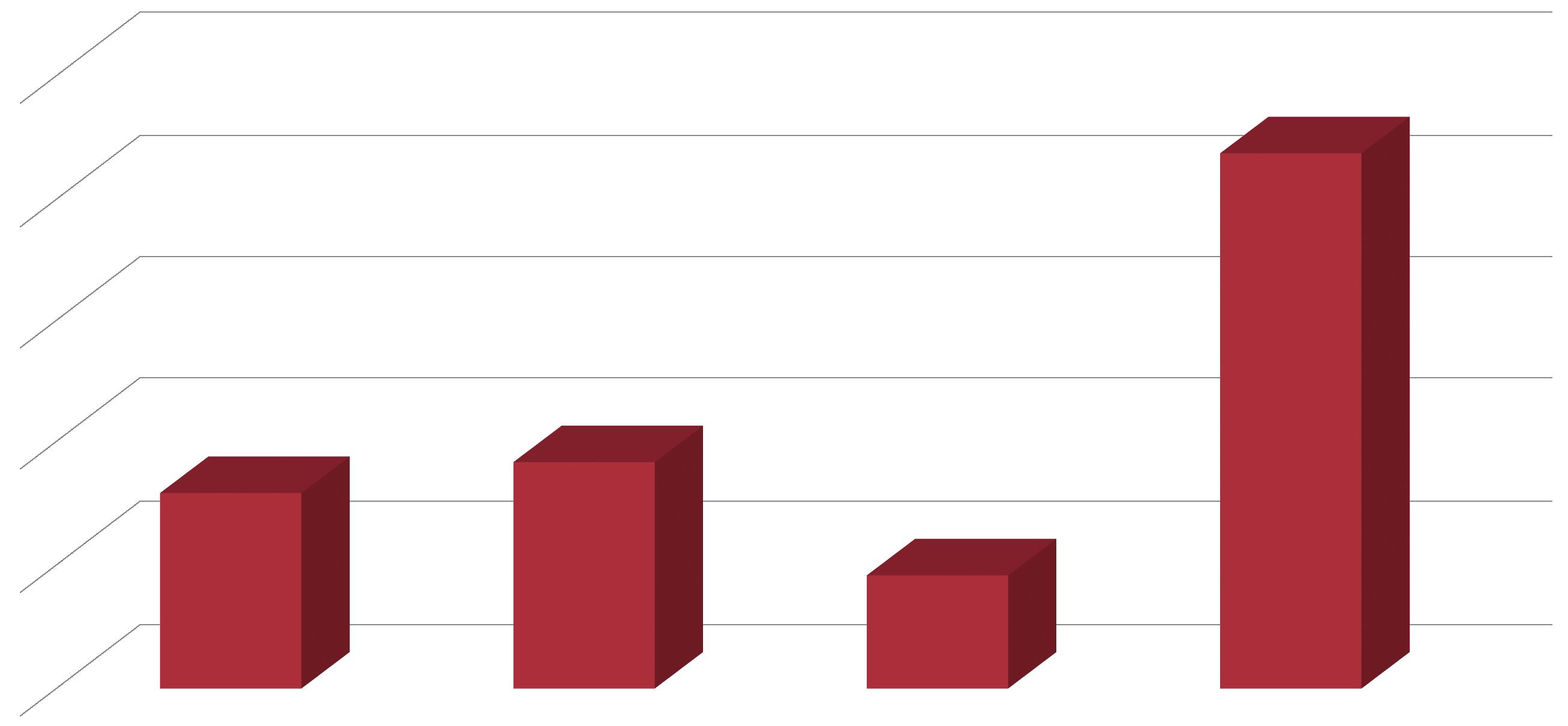
A high-performing and secure mobile and digital environment for Penn Medicine IS to provide 21st century application support now and well into the future;
2016 cost savings: $3,360,000;
2017 cost savings: $4,620,000;
5 year expected cost savings: $21,840,000;
Mobility strategy supports consistent communications for patients and employees.
PROJECT NAME
Penn Medicine continues to lead healthcare into the 21st century by digitizing patient engagement and convenience. A catalyst for this is the myPennMedicine (MPM) patient portal. Penn Medicine patients, faculty, and staff were empowered in 2016 and 2017 with the continued maturing of MPM and the addition of a host of new features to this application. Growth and utilization is the centerpiece of MPM’s success as the new features scale and become adopted by patients, resulting in direct efficiencies for Penn Medicine faculty and staff representing a true paradigm shift in patient access.

Self-scheduling is one of the highest utilized features within PennChart, allowing patients to self-schedule primary care and specialty appointments and more recently radiology exams through the myPennMedicine patient portal. In May 2016, Penn Medicine went live with ticket scheduling for screening mammograms at 12 imaging sites and has expanded this functionality to CT imaging orders. Additional exam types are being added on a regular basis. Once a provider places an order for the radiology exam, patients receive a message to log into myPennMedicine and use the scheduling ticket to choose their appointment date and time. In the fall of 2016, self-scheduling, including ticket scheduling, was made available to users of the mobile app, extending the convenience of scheduling an appointment on a smart phone or mobile device.
In June 2017, Penn Medicine completed its first visit by video with a patient in myPennMedicine. The post-operative surgery visit which often requires patients to return to the office following their surgery, was completed over video with the provider in the office and patient logged into myPennMedicine utilizing the video capabilities of their mobile phone.
SCREENSHOT OF myPennMedicine.org
As of June 2017, patients can self-schedule with over 140 practice sites and over 930 providers;
78,151 new patients enrolled in the MPM portal in 2016, a 27.5% increase from the prior year;

408,956 of 713,509 (57.3%) eligible patients are enrolled in MPM, with 294,398 (72.0%) actively using the portal (as of 04-2017);
During the last 12 months, the average number of enrolled MPM patients increased by 6,742 patients per month and the average number of active MPM patients increased by 4,894 patients per month (April 2016 thru April 2017);
From March 2016 thru May 2016, patients self-scheduled an average of 4,175 appointments per month. During January 2017 thru March 2017, patients scheduled an average of 6,673 appointments per month, a 59.8% increase;
Self-scheduling gives patients the opportunity to complete scheduling on their time. For example, during the month of April 2017, 35% of all self-scheduled appointments were scheduled during non-business hours;
Patients can easily access results and complete a wide range of questionnaires;
Over 3.6 million ambulatory test results were released to MPM in 2016;
Contributed to Meaningful Use 2 attainment with patient access to their medical records;
MPM provides a virtual patient front door for access to meaningful patient information and services with common branding shared across all Penn Medicine hospitals (Lancaster General Hospital currently uses their own portal);
Transplant patients are now able to send messages to their transplant coordinator;
Using industry benchmarks from similar organizations, the self-scheduling functionality yields Penn Medicine a savings of $212,000+ in 2017 and an expected 5-year savings of $1,290,000+.
PROJECT NAME
As Penn Medicine completed its EHR implementation, a more digitized and connected EHR has resulted in more electronic documentation and a corresponding reduction in paper documents (e.g. consent forms, progress notes, flowsheets, etc.) that need to be scanned into the EHR. Prior to the PennChart implementation, the Health Information Management (HIM) department used the services of a third party vendor to provide paper document scanning / EMR linking services. Electronic form creation and the automation and simplicity of uploading patient documentation to PennChart patient records has contributed to a reduction in scanning service costs.
Reduced reliance on manual paper based scanning operations and processes;
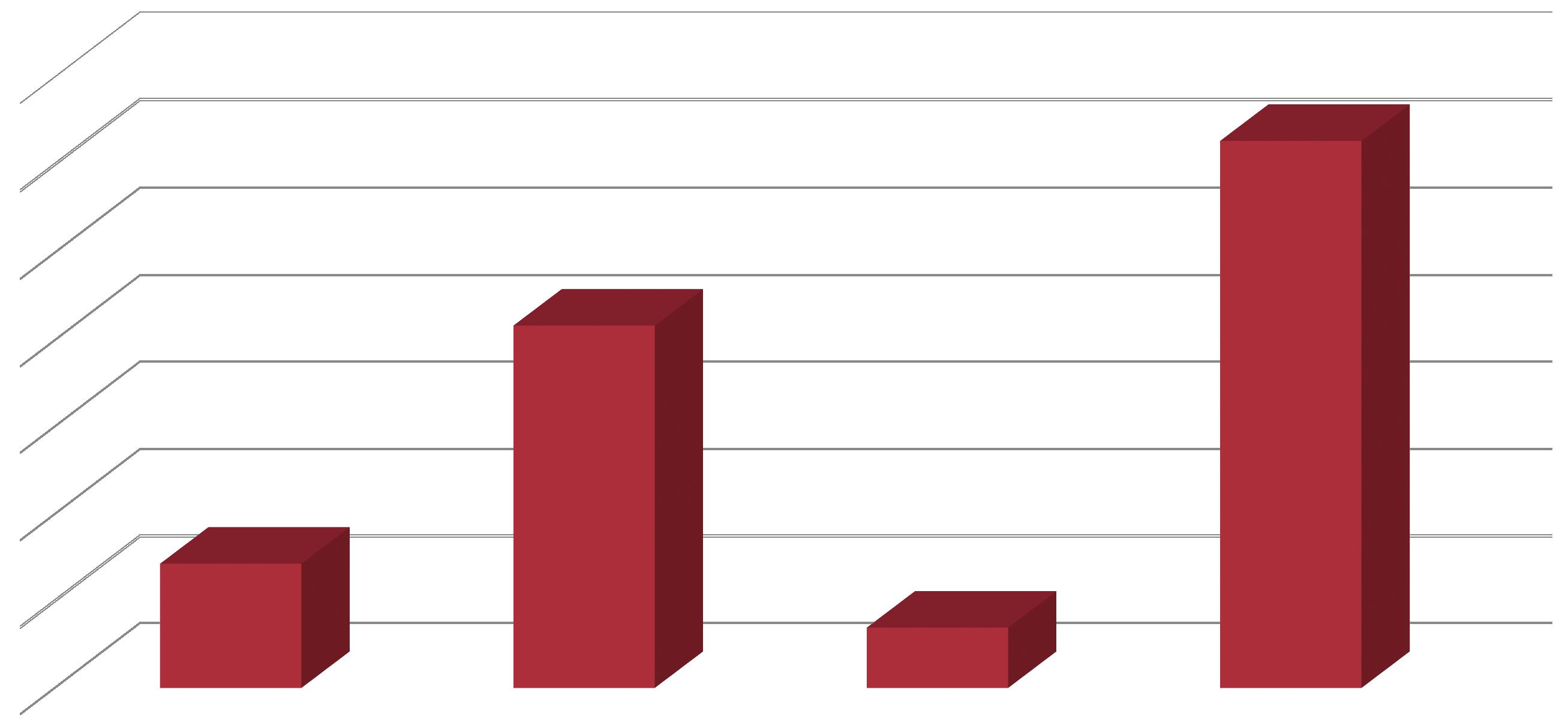
PAH, HUP, and PPMC HIM reduced the use of third party vendor services to perform manual, paper based scanning;
CCH HIM completely eliminated the use of third party vendor services to perform manual, paper based scanning and has improved turnaround time of document availability within 24 hours;
Other Benefits Realized Include: HIM Coder productivity and deficiency analyst productivity is improved; CDI (Clinical Documentation Improvement) query processes are simpler with a 100% electronic process, resulting in improved HIM and CDI communication;
A total reduction of over 430,000 scanned documents in a three (3) month period after go live for HUP and PPMC, and a seven month period (7) after go live for PAH and CCH;
2017 savings: $284,000;
Expected 5 year savings: $1,250,000 (additional details by entity in table).
The acute care of patients involves many components, from teams of physicians, nurses, and interdisciplinary providers, to an array of tests, medications, and clinical information systems. As primary care teams end their shift, paper based handoffs were used to guide the covering physician’s care for patients while the primary team is not in the hospital. The paper based handoff was an attempt to organize this complex process, though it often caused communication challenges and outdated information. To improve the quality of transitions, interdisciplinary care, and clinician efficiency, Penn Medicine replaced the paper-handoff system with an all-electronic, mHealth handoff tool called Carelign. This responsive web application includes real-time clinical data and an interactive, editable mobile handoff. The tool was designed by Penn Medicine front-line clinicians, residents, medical students, and built by Penn Medicine IS developers. Carelign has an intuitive design that requires minimal user training.
The current version of the application (version 2.5) went live in October 2016, and retrieves information from more than ten (10) different information systems. Originally designed for inpatient use, Penn Medicine’s Carelign app has become widely adopted internally by home care clinicians, food services, and care teams using it for interdisciplinary discharge planning.
Users can launch Carelign within the EHR. It is fully integrated for quick electronic access to patient demographics and visit data. It includes location information, care team assignments, problems, vital signs, medications with administration records, lab, imaging, and other studies from ancillary systems;
Users can access the app from any network attached device. They can archive information, tag items as anticipatory guidance or for discharge, and arrange the handoff by problem priority or by system;
Handoffs include data review and discrete, collapsible data elements organized to facilitate rounding, critical thinking, and listbased handoff management, a feature rarely available in EHR-based handoff tools.
Providers are more up-to-date on their patients’ clinical status, minute-by-minute changes in their data and can deliver care in a timelier manner;
72% of Penn Medicine patients have witnessed providers using mobile devices to manage their care favorably (survey n= 154);
Carelign is used by over 3,300 unique users each week, accounting for more than 38,000 weekly sessions. About 40% of sessions are initiated from within the EHR; 60% of weekly unique users are nurses and 25% are physicians;
Users were able to access 52% more data and information on patients and were able to access it 26% faster than a control group. 80% of users review data through Carelign in response to patient questions at the bedside (survey n= 352);
User findings related to patient centered care (survey n= 598):

® 72% somewhat or strongly agreed Carelign improves communication between providers (18% neither agree/disagree);
® 71% somewhat or strongly agreed Carelign improves their understanding of the patient plan (16% neither agree/disagree);
® 65% somewhat or strongly agreed Carelign enables me to make more timely clinical decisions (25% neither agree/disagree);
$350K in avoided printing costs for 2017 derived from 3,300 unique users per week completing handoffs electronically vs. paper.
The Penn Medicine legacy Radiology Information System (RIS) served as the scheduling and radiology exam management system since 2002. It received orders sent by the enterprise electronic health record (EHR) system and returned results to the EHR. The RIS and EHR were independent systems that used HL7 interfaces to maintain alignment. This interfaced solution created several challenges. Data structures needed to be maintained in both systems (e.g., exam codes, provider IDs, and resource locations). Due to the RIS and EHR working on separate platforms, the maintenance effort was double that of a fully integrated system. Changes and updates added in the EHR had to precede updates in the RIS, at times causing rejected interface transactions. Interfaces had to be constantly monitored for error with issues being swiftly remediated. Limitations of HL7 interfaces often resulted in certain EHR information not being sent to the RIS.
The new PennChart Radiology is a fully integrated EHR RIS solution. There are no more data interfaces or inconsistent and incomplete data between the EHR and RIS. The integrated EHR RIS solution is more effective for radiology faculty and staff to provide patientcentered care and much easier to support for Penn Medicine IS staff, thus allowing is to better align its resources.
As a result of adopting PennChart Radiology, workflows are improved and streamlined, patient care is improved, and costs are reduced;
There is no longer an interface between the EMR and the RIS, which reduces cost and complexity;
The complexity of testing upgrades and managing downtime was reduced, due to one vendor and one schedule for upgrade activity;
Technical and professional charges related to work performed in Radiology are generated within the same system that issues the claim;
With one centralized database, reporting related to Radiology activity is more streamlined;
Implementing workflows across clinical areas (e.g., neurosurgery and neuroradiology in the ORs, renal biopsy and ultrasoundguided procedures) has improved;
PennChart RIS is integrated with myPennMedicine;

Faster access to data, improved reliability and improved patient care quality;
$170K in cost savings from annual maintenance and support in 2016, some of which are one-time savings;
Cost savings in future years will continue but were difficult to calculate. They are not included in the chart below.
The Penn Medicine IS department is realizing the benefits of how Apple’s HealthKit, ResearchKit and CareKit can be combined with the EHR to improve patient care through bio electronic data. Apple’s HealthKit is the initial platform introduced used by Penn Medicine IS to integrate with the EHR and patient portal. ResearchKit is a software framework for mobile applications that lets medical researchers gather data. CareKit is a software framework for mobile applications that lets the patient better understand and manage their conditions. Harnessing these novel and inexpensive means to achieve better outcomes enhances Penn Medicine provider’s management of chronic conditions and follow-up care after a surgery or a hospital stay, all in a patient centered and convenient approach. Penn Medicine is actively utilizing HealthKit, ResearchKit and CareKit with a variety of Penn Medicine departments.
Cardiology created a HealthKit application to work with twenty (20) women’s health patients with pregnancy related hypertension aged 18 to 44, from a broad range of socio-economic conditions. Patients were asked to track their blood pressure using a Bluetooth blood pressure cuff as having high blood pressure post-delivery can lead to complications including preeclampsia and heart disease;
® The patients achieved an 82%+ compliance with daily blood pressure recordings;
® The EHR was configured to provide the clinical team alerts when a patient’s blood pressure readings were abnormal. Alerts provided early warning to the clinical team;
® Providers can view graphs of the captured values within the EHR.
® Results of the study exceeded expectations:
¸ Data was 100% accurate and was received in the EHR in less than three (3) seconds;
¸ 100% of the patients were satisfied with the monitoring program and reported no interference with their own care or the care of their newborns;
¸ 85% of the patients presented for their seven day follow up visit, a significant increase over the normal care results;
¸ Overall, the study proved that using this digital health technology is feasible, can be used by a broad spectrum of patients, is accurate and timely, can achieve high levels of patient engagement, attains high patient satisfaction and is able provide early detection of adverse events.
Dermatology created a ResearchKit application designed to study patients with a rare disease, called sarcoidosis;
® The app provides patients with key information about the disease, links them to expert providers and patient support groups, and allows optional participation in an ongoing survey-based research project delivered through their mobile devices;
® The largest epidemiological study on sarcoidosis to date had approximately 780 patients over 2+ years. After 2 weeks, the Penn Medicine Dermatology Research Kit app had over 500 downloads and hundreds of study participants. This created an opportunity to learn things about sarcoidosis that were previously impossible to study;
® Easy to use app for users. As new research questions arise, the research team can update survey questions in real time to the enrolled cohort of patients and provide answers to key issues related to their disease;
® Dermatology plans to incorporate patient location-based characteristics (air quality, UV index, weather) with symptomatology and adapt other phone-based devices for the study, such as utilizing the voice/microphone to assess exhalation / pulmonary exertion and pair patient performance with survey results;
® Bariatric Surgery and Neurosurgery are each developing CareKit applications that can assist the patient in preparing for a surgical event and then help them remain compliant with post-surgical medication adherence, activity levels and diet restrictions. These applications will be available in the fall of 2017;
® Reduced cost associated with obtaining patients for clinical trials.
Penn Medicine took a significant step into the future with the PennChart EHR implementation, and an even larger leap in patient centered care by empowering providers to easily access full EHR functionality through mobile devices. Dermatology is leading the way in the utilization of mobile EHR application access as it pioneers photography use cases and realizes a host of benefits, among patients, faculty and staff.
Prior to using iPhones/iPads with the mobile EHR application, Dermatology had one digital camera per clinic location. The single camera would be used by four or more physicians as well as their medical assistants and staff who take clinical photographs. Obtaining the camera for use was time-consuming and could even become frustrating due to the high number of individuals who shared it. The camera was also complicated and cumbersome to work with, causing occasional errors or unplanned troubleshooting. A photo of the patient’s ID label was captured to ensure the following photographs were added to the correct patient’s chart. Only select computers had memory card readers which led to lengthy delays in adding photos to patient charts, which resulted in physicians not being able to complete their progress notes, thereby causing billing delays.
Penn Medicine dermatology providers now use their mobile device to run the EHR mobile application to take and upload pictures. Using the EHR mobile app, the staff selects a patient, verifies the patient is correct, and captures the photo. The person taking the photo can instantly see the photo and either keep it or retake it. A brief description is added to describe the photo. Click on save the photo, and it is instantly added to the patient’s record for the physician to use in his/her progress note. The mobile EHR app is now being used in the emergency department, wound care, primary care, home health, and plastic surgery.
Easy to use and saves time for providers and staff;
In one month, dermatology uploaded 3,600 photos, other departments uploaded 2,660 photos;
Dermatology staff account for 55% of photo uploads, physicians 45%;
Provider satisfaction with the new app: 4.7 / 5.0;
Secure EHR photo storage mechanism ensures photos are associated with the correct patient;
~2,250 unique users access the EHR mobile app with more than 55,000 logins per month;
The number of unique users has increased 200% in 2017;
The number of logins has increased 450% in 2017.
“The addition of Haiku to allow entry of photographs into the EHR has greatly improved efficiency, patient care, quality of care and also greatly lessened the risk of a HIPAA violation. Our staff used to spend hours uploading photographs into the EHR. This time has been eliminated and mismatches between patients and photographs have been eliminated. We are able to document the site of biopsies more easily and thus compliance with this departmental Quality measure has improved. Direct entry of the photo into Epic prevents the need to store the digital photographs on SD cards or on other servers. This is a much more secure system.”
George Cotsarelis, MD Chair, Department of DermatologyOutpatient Patient Progression software is a tool Penn Medicine IS implemented to track patient movement through multiple outpatient practices on the same day. The goal is to improve patient and staff satisfaction by improving care delivery workflow. The Penn Medicine Ambulatory Clinic at Cherry Hill went live with patient progression software in February 2017 across 28 departments co-located in the building. The facility replaced a portion of the manual tracking of patient location information with automated updates based on technology-enabled workflows. This allows departments to view the status of their scheduled patients and the patient location as they moved through their medical appointments in other areas of the building. Timestamps allow easier compliance with New Jersey law to mark which licensed facility a patient was in, giving providers more focus and flexibility in completing encounter documentation and minimize the need to create patient chart addendums. Meanwhile, during the patient’s visit, providers have an automated tool to notify staff when further help is needed, and specific timing for when the patient is likely to arrive for their next appointment.
During the first 3½ weeks, Cherry Hill had 8,889 appointments with a median time in exam room of 40 minutes and a median wait time of 12.8 minutes;
Reduced patient wait times;
Improved workflow and care delivery efficiency with increased level of detail on key operational and patient flow metrics;
Improved patient convenience and satisfaction with care delivery;
Reduced inefficient time of providers and staff;
Staff and providers are able to review detailed individual operational metrics on reports;
Efficiency goals are tracked across all departments, giving management a tool for assessing best practices;
Improved patient flow and staff productivity contribute to improved business metrics. However, these are two difficult to quantify for this report.
Penn Medicine IS and the Way to Health (WTH) team developed a data integration solution to support a National Institutes of Health (NIH) funded study for Congestive Heart Failure (CHF) patients. The study tests an approach to reduce hospital readmissions through daily remote monitoring of weight and medication adherence, financial and social incentives and integration with Penn Medicine’s clinical practices for patients discharged with CHF. Patients are provided with wireless scales and “smart” medication bottles capable of transmitting weights and daily medication adherence into the WTH mobile application. Once validated by the WTH team, an interface is created to transfer daily weight and medications consumed into the patient’s PennChart EHR. If a patient’s weight changed beyond the clinically determined threshold established in the WTH application, then research staff verify weight with the patient and inquire about symptoms, medication compliance, lifestyle, and recent behaviors. If appropriate, a pertinent message is sent to the Penn Medicine provider who manages the patient’s CHF, typically a PCP or cardiologist. The message is sent electronically to PennChart where it creates an InBasket message that follows the same results routing scheme as other diagnostic results. From there, the provider is able to proactively manage the patient’s condition and avoid an unnecessary ED visit or hospital readmission.
WTH was designed by faculty and staff at the LDI Center for Health Incentives and Behavioral Economics (CHIBE) at the University of Pennsylvania seven (7) years ago to create an efficient, scalable, and low cost way to test behavioral interventions. WTH is a web-based platform that automates many of the functions necessary for conducting rigorous evaluation of behavioral health interventions, including integration with remote monitoring technologies, computerized randomization, in-person or remote enrollment, custom surveys, and automated communications and payments to study participants. As the use of WTH has expanded into larger trials, and with possible applications in non-research patient care, its sponsors have realized benefits from integrating WTH with PennChart.
Proactive monitoring of a patient’s key determinants of health and risk of readmission;
Provides information to intervene before the issue becomes acute;
Key patient information is available in PennChart. This information becomes part of the patient’s medical record and is available to the care team;
Proactive messages are sent from WTH to provider through PennChart;
Messages follow the PennChart results routing workflow, which helps ensure they are seen by members of the care team, even when the provider caring for the patient’s CHF is out of the office or unavailable;
WTH staff can place an order for the flowsheet to track patient weight and medication adherence; The order includes the authorizing physician name (who later co-signs the order), and the treating physician name (to whose pool the messages are sent);
Staff spend less time of Patient follow-up.
WAY TO HEALTH INTEGRATION WITH PENNCHART - CHF STUDY CLINIC ENTERED FLOWSHEETS & DATA FILE “MESSAGING” AS RESULT
Order Enables Flowsheet Entry
Patient uses integrated device Way To Health has provided.
Weight data is saved to Way to Health and waits for data to report on
Data needs to be sent, either significant change in weight or enough data to warrant a periodic update
Provider and his results Pool gets In-Basket result message As Needed Data File in HL7 “messagealert” format is sent to a secure FTP location File Interface
Provider Review data in In-Basket, Review Glowsheets, or Synopsis Files as Clinic Flowsheet Data AddFlowsheetValue*
These projects are focused on effective capture and use of data from the clinical and financial systems to support improved care delivery, financial management and quality improvement.
Meaningful Use (MU) is the center for Medicare and Medicaid service incentive program that provides financial incentives for the ‘meaningful use’ of certified Electronic Health Records (EHR) technology. The incentive program reporting requirements changed in 2017 for hospital and ambulatory practices and now tracks the same metrics during a calendar year. MU was renamed to Advancing Care Information for ambulatory practices and remains Meaningful Use for hospitals and Medicaid ambulatory practices. If UPHS did not meet CMS specified MU criteria, then hospitals could be subject to up to a 50% reduction in Inpatient Prospective Payment System (IPPS) rate and ambulatory providers up to a 4% reduction of Medicare and Medicaid claims.

Both hospital and ambulatory practices followed Modified Stage 2 for 90 consecutive days during the 2016 calendar year and attested for all components. UPHS will prepare for 2018 Stage 3 criteria that includes emphasis on patient engagement and use of technology to send and receive data. MU clinical quality measure requirements are aligning with the Inpatient Quality Reporting system and were submitted together for both programs in 2016. Incentive programs are evolving and expanding for 2017 reporting. UPHS will participate in MU Stage 2 for Medicaid clinicians, CPC+ (Comprehensive Primary Care Plus) for Family Practice and Internal Medicine clinicians, and MIPS (Merit Based Incentive Payment System) for the remainder of Medicare clinicians. The number of electronically submitted quality measures will increase each year. Penn Medicine’s diligence, preparation, and planning and execution have enabled the enterprise to meet and exceed the growing quality and patient care reporting requirements, which has directly resulted in significant benefits realization.
UPHS is using Direct Trust messaging for all hospitals and providers to share health information electronically with other health care providers;
Information sharing from one EHR to another makes transmission of patient information fast and easy, improves care quality and vastly reduces man hours and paper costs;
MyPennMedicine patient portal and proactive dialogue from our clinicians allow patients to better engage in their health and meet compliance requirements;
Use of electronic prescriptions continues to reduce medical errors;
Electronic submissions to the city and state for immunizations and other health registries avoids the man hours typically required to collect and submit data;
Obtained Medicare and Medicaid MU Incentive payments for HUP, PPMC, PAH, CCH, and UPHS providers; Total hospital MU incentive payments and penalty cost avoidance in 2017: $8,870,000;
Total Medicare ambulatory incentive payments in 2016 and 2017: $3,011,000;
Total financial benefit for 2016 and 2017: $11,881,000.
The Data Analytics Center (DAC) is a large digital, highly organized, interdependent data library for Penn Medicine. The DAC has been frequently used and continues to be in high demand. Calendar Year 2016 was focused on the inpatient implementation of the EHR and associated new technologies. Since the inception of Penn Data Store nearly 10 years ago, the mission is to bring innovation and utilization of advanced technology to keep Penn Medicine at the forefront of healthcare. The DAC’s mission is integral for taking data from a descriptive use in decision-making to future oriented, predictive uses. Data warehousing endures as the core of the DAC. The overarching goal of the DAC is to create information systems which are interwoven and user-agnostic, and able to deliver any data in any format/view without knowledge of underlying data architecture complexities. New technologies are improving the integration and usability of the DAC across all of Penn Medicine. This includes the ability to efficiently merge and acquire teams, data, and technologies as Penn Medicine actively adds affiliates and collaborates in the region and globally. These new technologies bring value now and well into the future.
Self-Service Analytics is a business intelligence (BI) tool available to Penn Medicine users who are not data scientists. These tools provide capabilities to do free-form and ad hoc data analysis using established dimensions and measures. Business rules are overlaid onto data sources to allow for more categorical and object oriented data investigation. Training is provided to help the user understand the tool and data, and how the information can be retrieved and analyzed. Information is organized into Universes, or distinct categories of like data that can be used for a variety of purposes. The table below provides a summary on the BI tools available and the purpose for each tool.
TOOL PURPOSE
Available Universes:
Emergency Department
Environmental Services
Health Information Management
Hospital Billing
Operating Room and Anesthesia
Orders
Patient progression
Radiology
Strategic Decision Support
Transplant
PennOmics – Cohort Explorer
Develop reports
Explore data
Define operational cohorts
Standardize Key Performance Indicators (KPI’s)
Clinical trial design and patient recruitment
Emphasis on matching genetic information with clinical demographics
PennSeek Data exploration for unstructured data
TriNetX Clinical trial recruitment and accelerator shared with pharma & clinical research organizations to bring new therapies to market faster
Healthcare Data Dictionary
Quality Data Mart & Explorer
Standardized medication
Medical ontology crosswalk tool
Self-service inpatient KPI consumption
Slice/dice and compare inpatient KPI’s
DATA ANALYTICS CENTER ARCHITECTURE (DAC)
Improved query return rates between 88% and 99.8%, which enables end-users to analyze data more efficiently and allow them to quickly find problem areas, which can reduce the decision-making process from days and weeks to hours;
Utilize a self-service approach for data requests, giving the Quality Department the ability to explore data more efficiently and independently than in the past;
Move legacy data and EHR access logs out of expensive server storage infrastructure;
Recruit the latest medical clinical trials by providing a way for pharmaceutical companies and Contract Research Organizations (CRO) to quickly determine cohort populations available at Penn and fast-track potentially life-saving treatment to patients;
Geographic map integrations have allowed Penn Medicine to better understand the behaviors of patients and distances (in terms of both miles and minutes) they are willing to travel for services. New map technologies also provide the ability to relate potential diseases down to the street or neighborhood level, which was previously not possibly or highly cost-prohibitive;
The Quality Data Mart Explorer utilizes two new technologies that allow users for more freedom of exploration of the rich datasets behind traditional quality dashboards.
SELF-SERVICE ANALYTICS
Empowers users to quickly make better data-driven decisions without having to rely on Information Services BI developers to write queries and create reports;
Enables users to quickly access information and easily base decisions upon data;
Reduces the number of Report Developer FTEs in Penn Medicine IS;
43 users began using the tool in the first month. User count has steadily increased and each month there are between 140-180 users accessing Self Service Analytics.
Centralized and Common = Cost Savings
® Enterprise licensing for a common reporting tool
® Reduced duplicate developed by centralizing FTEs
® Eliminated personnel redundancy
SAVINGS QUALITATIVE
In 2016, Penn Medicine implemented an enterprise reporting and analytics platform. This platform provides a central repository for data reporting/analytics content and capabilities which offers meaningful and customized information to clinical, administrative, operational and other key stakeholders across the organization. It integrates directly with our electronic health record (PennChart) and enterprise resource planning system (HR, Payroll, Finance, Supply Chain). It also has a comprehensive platform that allows analysts to produce, share and distribute information across Penn Medicine. The centralized enterprise analytics platform helps reduce the rise of future licensing costs and eliminates licensing on a per site or per user basis. Increasing growth demands and associated costs of licensing for reporting and analytics are also better managed across the enterprise.
UPHS and the School of Medicine have equal access to analytics and reporting capabilities with no additional cost as a barrier to entry;
Consolidation of newly acquired hospital information and infrastructure into one common platform (e.g., Lancaster General Hospital, Chester County Hospital);
Seamless integration of advanced analytics capabilities into Penn Medicine’s existing enterprise EHR and business platforms;
Allows for collaboration with a large population of organizations using the same platform;
Employees who support operations and/or analysis can directly access Penn Medicine’s information on one platform;
One common IT infrastructure allows for greater support, security, access and scalability. One infrastructure also reduces overall operational cost;
Provides additional advanced analytics capabilities with no additional licensing cost. The advanced capabilities include:
® Predictive Analytics features
® Agile and quicker development cycles to produce new data-stores and repositories
® Text analytics

® Internet of Things/Real time analytics
Over the next 3 years, the new enterprise license business model will save UPHS $3.9M.
These projects are focused on using technology to enhance the communication and sharing of information between providers and patients across the continuum of care.
Patients regularly move between physician offices and health systems. Historically, key information about a patient’s health care such as history, medications, allergies, problems and treatments did not flow with the patient as they moved between providers. As a result, vital information was not available, tests were repeated, and care could be delayed or provided sub-optimally. Health Information Exchange (HIE) is part of the national healthcare agenda to facilitate the flow of a patient’s health information safely and securely between care providers, regardless of health system.
Penn Medicine IS responsed to this need by deploying the Care Everywhere interoperability module. This tool allows Penn Medicine to exchange vital patient information with other health systems that use Epic EHR, Penn Medicine’s EHR vendor. Penn Medicine shares key patient information with health systems that use other EHR vendors via a regional Healthcare Information Exchange (HIE) service, named HealthShare of Southeastern Pennsylvania (HSX). HSX includes 35 hospitals, 85 Ambulatory practices, 5 behavioral health organizations, 3 health plans, and 6 Long Term Care/Skilled Nursing Facilities across the five county Philadelphia region. HSX is a national leader for HIE’s across the country and Penn Medicine’s own Michael Restuccia, Senior Vice President and Chief Information Officer, has served on the HSX Board of Trustees since its inception in May 2012.
Penn Medicine Information Services proactively worked with clinical operational leadership, and the Office of General Counsel to develop a framework that allows us to exchange key clinical data with other healthcare providers and systems. As a result, Penn Medicine safely and securely sends and receives information on more than 60,000 patients each month, which is done safely and securely.
The following graph shows the remarkable growth of Penn Medicine’s use of Care Everywhere and the number of patients who have had records shared externally or who have had records received from other organizations.

The Penn Medicine Care Everywhere platform provides users with the ability to query both statewide and nationally in one easy process. This results in improved continuity of care, safer patient experiences, reduction of unnecessary and duplicative tests, and gives our teams the capability to determine effective treatment plans quicker;
Current and future planned population health initiatives are enabled with the Penn Medicine Care Everywhere platform’s growing utilization (e.g. Penn Medicine Clinical Care Associates and external primary care providers);
Penn Medicine will participate in current and future planned state and national HIE initiatives using Penn Medicine Care Everywhere (e.g. Sequoia, Veterans Administration, the Department of Defense);
Penn providers and non-Penn providers who work with Penn Medicine have a more complete health record of their patients, which results in improved patient care;
Reduced faxing and duplicate testing.
Penn Medicine is committed to patient centered care and strives to create strong bonds in its neighborhoods, city, and world, to embrace opportunity to teach and learn alongside its partners. The PennChart phase two (2) implementation has assisted Penn Medicine to achieve strong community bonds with its partners, specifically, through efficiencies related to referring patients electronically instead of the historical paper process or the concierge referral service telephone line. Lancaster General Hospital (LGH) is now able to use a fully integrated electronic patient referral module. With only a few clicks, patients can be referred between LGH and Penn Medicine hospitals with their complete medical record. Penn Medicine faculty and staff can be confident that the patient medical information they are being presented is up to date when they refer between facilities.
Pre-electronic referral capabilities, July 2015 – March 2016: LGH had 203 or approximately 23 per month; Post-electronic referral capabilities, July 2016 – March 2017: LGH had 1,114 electronic referrals or approximately 124 per month, marking a 449% increase in referrals compared to the same 9 month time period one year earlier;
Top departments include Neurology and Neurosurgery with a combined 218 electronic referrals, 20% of total, and Cardiology and Cardiac Surgery with a combined 111 electronic referrals 10% of total;
Over 2 years: LGH has become the number 5 out of 12 top organizations sending/sharing documents to PennChart via Care Everywhere (figure 1);
LGH sent/shared over 2,000 documents in January 2016 and has nearly doubled since with close to 4,000 documents sent/shared with PennChart each month since October 2016 via Care Everywhere (figure 1);

Over 2 years: LGH became the number 1 out of 12 top organizations receiving/being sent documents from PennChart via Care Everywhere (figure 2);
LGH received/was sent over 2,000 documents in October 2015 and has more than tripled since with over 6,000 documents shared each month since September 2016 via Care Everywhere (Figure2).
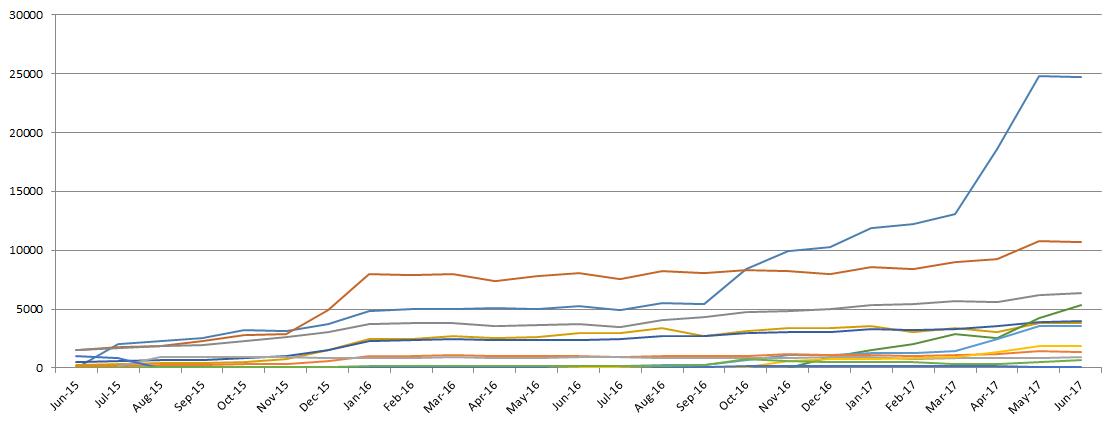
This is the second edition of the Information Services Benefits Realization Analysis. The first edition was published in October 2015. It featured 23 high profile IS projects that were completed between 2010 and 2015. This edition features 29 high profile IS projects that were completed in 2016 and 2017. The savings and future cost avoidance derived from many of these projects is on-going. For example, the annual reduced operational cost derived from insourcing the IS Service Desk in 2014 ($1.2M), continues in each ensuing year. This chart summarizes the cumulative savings and future cost avoidance associated with the IS projects featured in these two publications. It is evident that past IS activities continue to contribute to substantial savings and future cost avoidance to Penn Medicine. The contributions noted in this chart are reflective of the teamwork and collaboration between administration, clinical leadership, operations and Information Services.
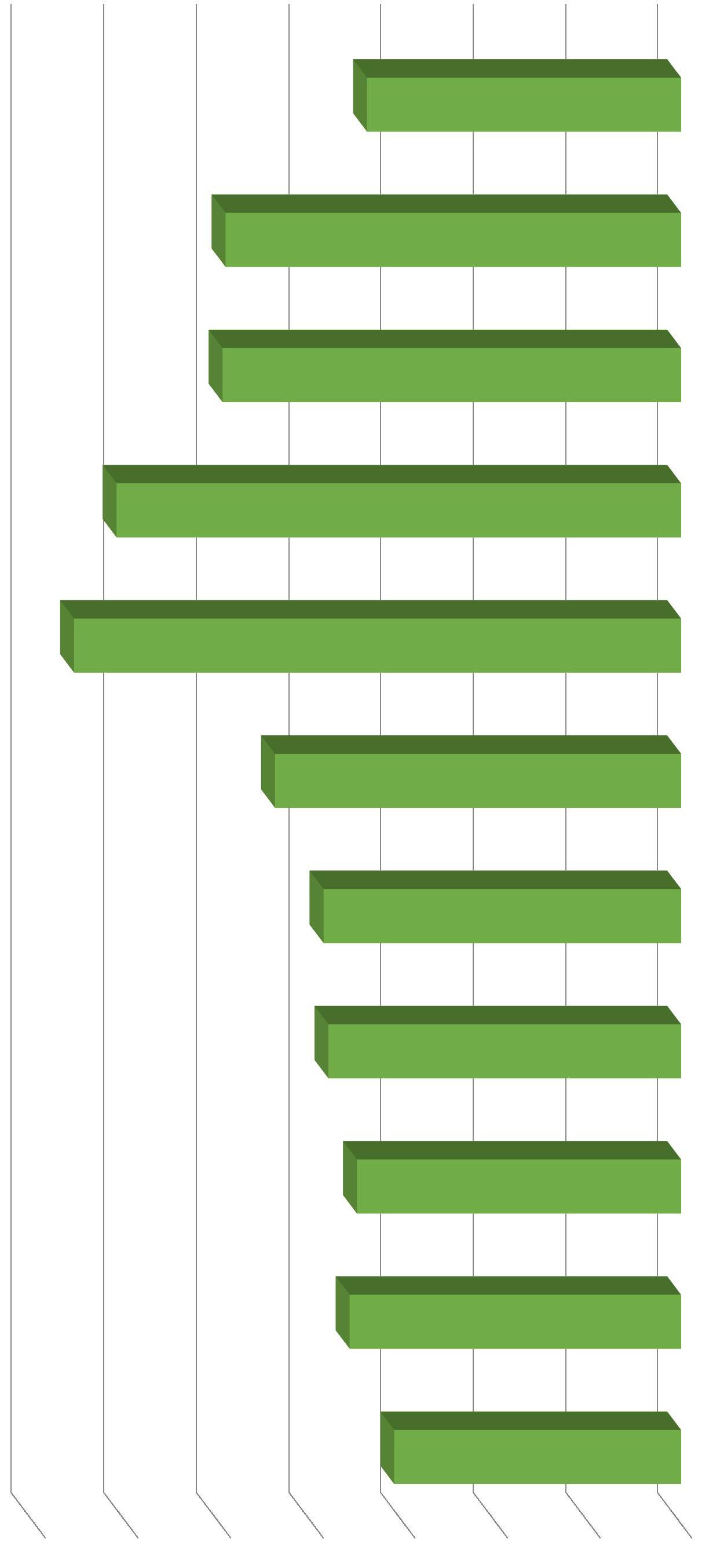
ARRA: American Recovery and Reinvestment Act
BCMA: Barcode Medication Administration
CCA: Clinical Care Associates
CDS: Clinical Decision Support
CIO: Chief Information Officer
CMIO: Chief Medical Information Officer
CPOE: Computerized Physicians Order Entry
CPUP: Clinical Practices of University of Pennsylvania
DAC: Data Access Center
ED: Emergency Department
ePD: Electronic Provider Documentation
EHR: Electronic Health Record
EMR: Electronic medical record
ENIAC: First programmable electronic computer
EIO: Entity Information Officer; This is the IS Executive at each entity, including HUP, PAH, PPMC, HCHS, & CPUP/CCA
Epic APM: Ambulatory Practice Management
EpicCare: The enterprise ambulatory EMR system
e-Prescribing: The workflow of ordering a non-controlled medication in order entry and electronically transmitting it to a (retail) pharmacy using a certified e-prescribing vendor.
EUS: End User Support, the desktop and network support technicians who work at each entity facility
EWS: Early Warning System
HIE: Health Information Exchange
HIPAA: Health Insurance Portability & Accountability Act of 1996
HPC: High Performance Computing
HSX: HealthShare Exchange
HUP: Hospital of the University of Pennsylvania
ICU: Intensive Care Unit
KBC: Knowledge Based Charting (Allscripts / Eclipsys)
Clinical Documentation component of Sunrise (all Clinical documentation except physicians)
MedView: Web-based clinician portal that displays patient data from over 25 UPHS systems
MeSH: Medical Subject Headings
MDM: Mobile Device Management
MU: Meaningful Use
Navicare: Patient Census & Location Tracking
NIH: National Institutes of Health
NLP: Natural Language Processing
OpTime: Epic Perioperative Management system
MDM: Mobile Device Management
MPM: myPennMedicine
MU: Meaningful Use
Navicare: Patient Census & Location Tracking
NIH: National Institutes of Health
NLP: Natural Language Processing
OpTime: Epic Perioperative Management System
OR: Operating Room
PACS: Picture Archiving & Communication System
PaH: Pennsylvania Hospital
PAM: Penn Access Manager
PCAM: Perelman Center for Advanced Medicine
PDA: Personal Digital Assistant
PDS: Penn Data Store (Clinical Data Warehouse)
PHCHS: Penn Home Care and Hospice Services
PMACS: Penn Medicine Academic Computing Services
PMAR: Penn Medicine at Rittenhouse
LTAC (Long Term Acute Care), Rehab facility (partners with Good Shepherd) and Inpatient Hospice
PMO: Project Management Office
PMR: PennOmics Medical Record
PPMC: Penn Presbyterian Medical Center
PSOM: The Perelman School of Medicine
RFID: Radio Frequency Identification
SCM: Sunrise Clinical Management System
SICU: Surgical Intensive Care Unit